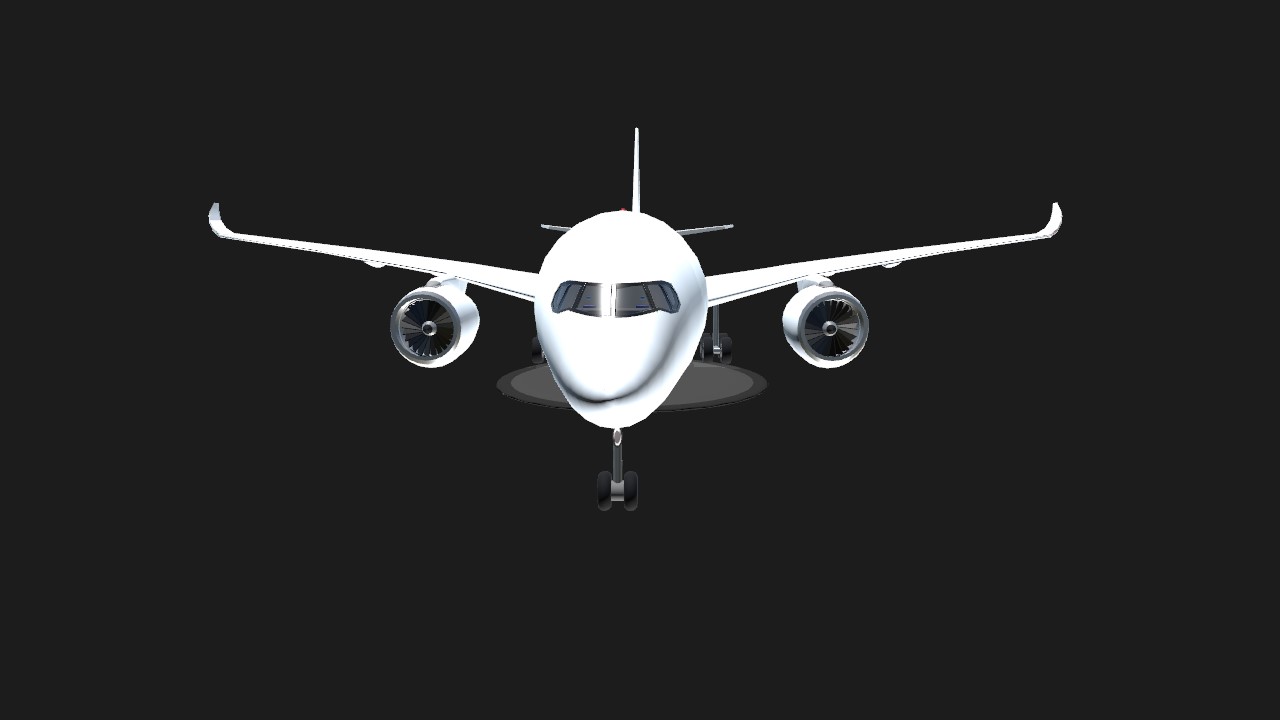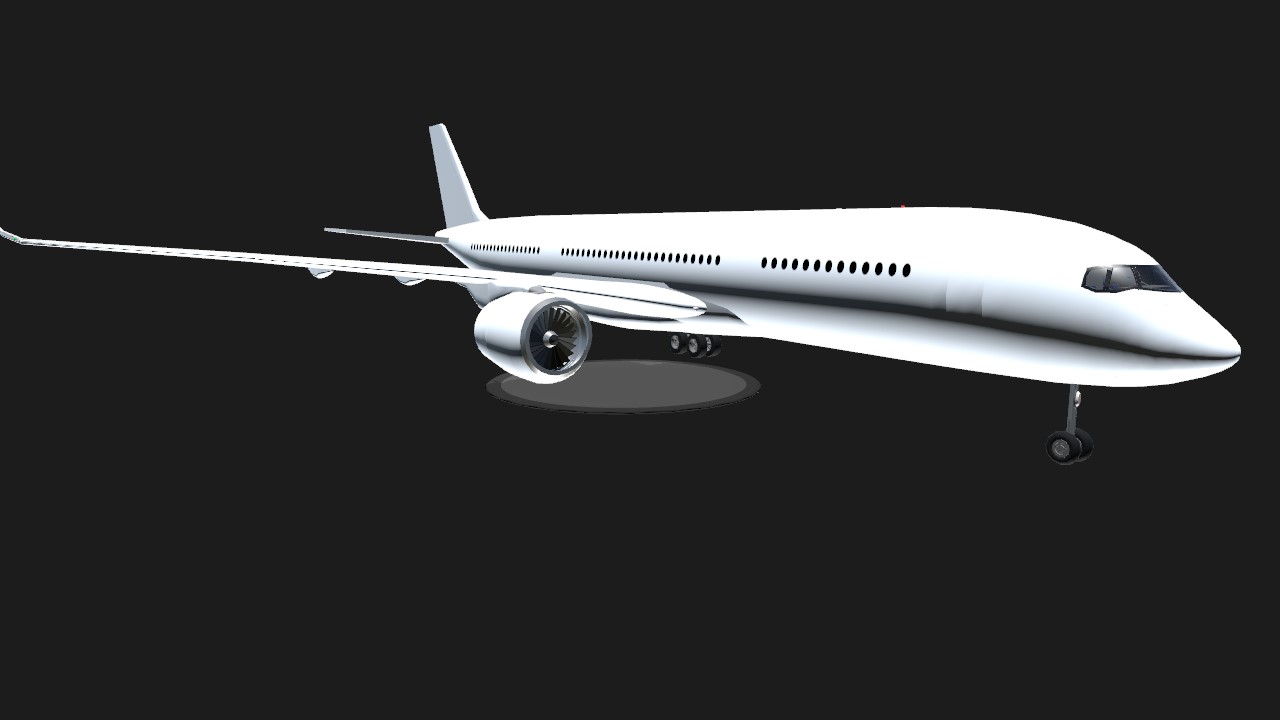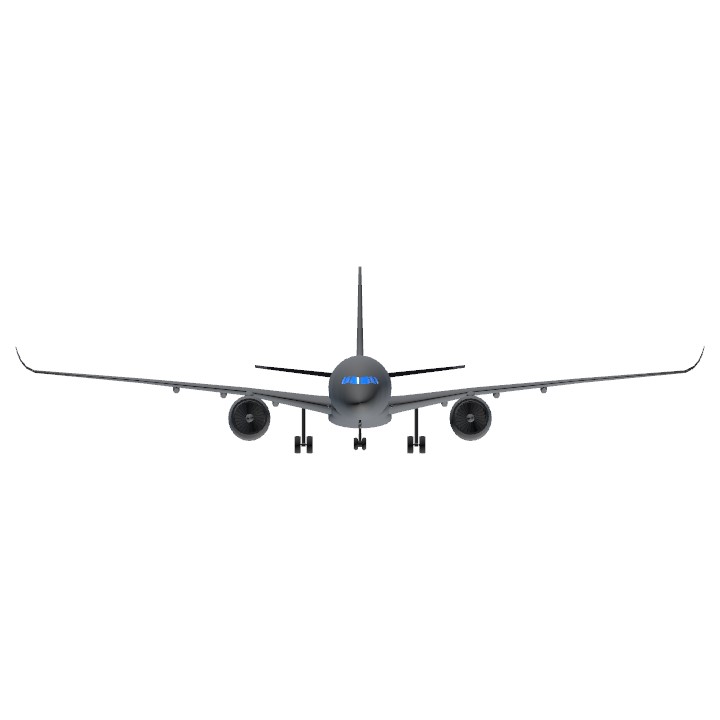The Airbus A350 is a long-range, wide-body twin-engine airliner developed and produced by Airbus. The initial A350 design proposed in 2004, in response to the Boeing 787 Dreamliner, would have been a development of the Airbus A330 with composite wings, advanced winglets, and new efficient engines. Due to inadequate market support, Airbus switched in 2006 to a clean-sheet "XWB" (eXtra Wide Body) design, powered by two Rolls-Royce Trent XWB high bypass turbofan engines. The prototype first flew on 14 June 2013 from Toulouse, France. Type certification from the European Aviation Safety Agency (EASA) was obtained in September 2014, followed by certification from the Federal Aviation Administration (FAA) two months later.The A350 is the first Airbus aircraft largely made of carbon-fibre-reinforced polymers. The fuselage is designed around a 3-3-3 nine-across economy cross-section, an increase from the eight-across A330/A340 2-4-2 configuration. It has a common type rating with the A330. The airliner has two variants: the A350-900 typically carries 300 to 350 passengers over a 15,000 kilometre (8,100 nmi; 9,300 mi) range, and has a 283 tonne (617,300 lb) maximum takeoff weight (MTOW); the longer A350-1000 accommodates 350 to 410 passengers and has a maximum range of 16,500 km (8,900 nmi; 10,300 mi) and a 322 tonne (710,000 lb) MTOW.On 15 January 2015, the first A350-900 entered service with Qatar Airways, followed by the A350-1000 on 24 February 2018 with the same launch operator. As of February 2025, Singapore Airlines is the largest operator with 65 aircraft in its fleet, while Turkish Airlines is the largest customer with 110 aircraft on order. A total of 1,363 A350 family aircraft have been ordered and 645 delivered, of which 644 aircraft are in service with 38 operators. The global A350 fleet has completed more than 1.58 million flights on more than 1,240 routes, transporting more than 400 million passengers with one hull loss in an airport-safety–related accident. I
Specifications
General Characteristics
- Predecessor Airbus A350 mobile friendly with Vr cockpit
- Created On iOS
- Wingspan 210.0ft (64.0m)
- Length 219.4ft (66.9m)
- Height 57.0ft (17.4m)
- Empty Weight N/A
- Loaded Weight 94,582lbs (42,902kg)
Performance
- Power/Weight Ratio 2.48
- Wing Loading 20.5lbs/ft2 (99.9kg/m2)
- Wing Area 4,621.6ft2 (429.4m2)
- Drag Points 40243
Parts
- Number of Parts 340
- Control Surfaces 9
- Performance Cost 2,064






